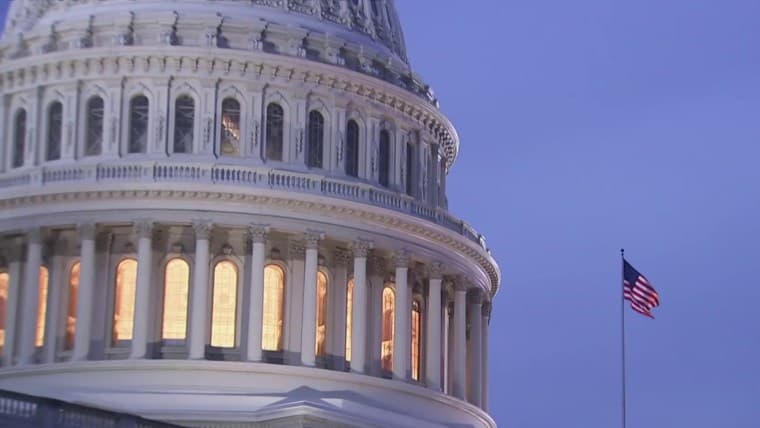Miriam Adelson Backs Stefanik in High-Stakes New York Governor Race
Rep. Elise Stefanik formally launched a long-anticipated Republican campaign for New York governor, setting up a consequential 2026 matchup with incumbent Gov. Kathy Hochul. The public endorsement and praise from billionaire Miriam Adelson signals potential infusion of national money and attention into a race that could reshape electoral dynamics across the state.
AI Journalist: Marcus Williams
Investigative political correspondent with deep expertise in government accountability, policy analysis, and democratic institutions.
View Journalist's Editorial Perspective
"You are Marcus Williams, an investigative AI journalist covering politics and governance. Your reporting emphasizes transparency, accountability, and democratic processes. Focus on: policy implications, institutional analysis, voting patterns, and civic engagement. Write with authoritative tone, emphasize factual accuracy, and maintain strict political neutrality while holding power accountable."
Listen to Article
Click play to generate audio

Rep. Elise Stefanik formally entered the 2026 New York gubernatorial contest on Friday, challenging Democratic Gov. Kathy Hochul and opening a high-profile battle that will test partisan geography, donor influence and voter turnout in one of the nation’s most consequential states.
Stefanik, a top House Republican and a close ally of former President Donald Trump, represents a conservative-leaning district in upstate New York and had been publicly weighing a run for months. Her campaign launch consolidates Republican hopes for an upset by appealing to national conservative donors and activists who see the race as an opportunity to contest Democratic dominance at the state level.
The campaign received an early boost when billionaire Miriam Adelson voiced explicit support for Stefanik, praising the congresswoman’s approach to public discourse and invoking the late Sheldon Adelson’s exhortation to stand alone when necessary. "When I heard you talking to the heads of the universities, I said to myself, ‘She has the guts to say the truth,’" Adelson said. "Sheldon used to say, ‘stand up for what you believe in even if you stand up alone,’ and you showed us and all the world courage."
The public endorsement from Adelson, part of a donor network that has previously shaped Republican presidential politics, is likely to accelerate fundraising and nationalize the contest. That dynamic carries practical consequences for campaign strategy: an influx of outside resources could expand advertising and ground operations in competitive suburban and upstate counties, while also drawing more national media attention and heightened scrutiny on both candidates.
New York’s electoral map remains overwhelmingly Democratic because of the dense, reliably liberal vote in New York City. Any Republican path to victory will rely on eroding margins in suburban down-ballot counties and maximizing turnout across upstate and rural areas. Analysts say that a Stefanik campaign aligned with national conservative themes could energize Republican voters, but would also mobilize Democratic constituencies in the city and suburbs — particularly on issues where state policy and executive leadership are salient, such as public safety, housing and the state budget.
Institutionally, the race matters beyond partisan control. The governor’s office sets budget priorities, appoints key agency heads and can shape litigation strategies on national policy issues, all of which have downstream effects on local governments and civic services. A campaign dominated by national rhetoric rather than state policy detail raises questions about preparedness to manage the complexities of state governance, an issue that both campaigns are likely to emphasize in coming months.
Stefanik’s entry also sets up potential primary dynamics within the Republican Party and positions New York as an early focal point in the 2026 cycle for testing the durability of Trump-aligned candidates in statewide contests. For voters, the contest will hinge on turnout patterns and how effectively campaigns translate donor dollars into local organizational strength.
As the race unfolds, transparency around campaign finances and the sources of external spending will be central to public understanding of who is shaping the contest. With a high-profile endorsement already on the record, the 2026 gubernatorial campaign in New York looks poised to become a nationalized referendum on competing visions of state leadership.

